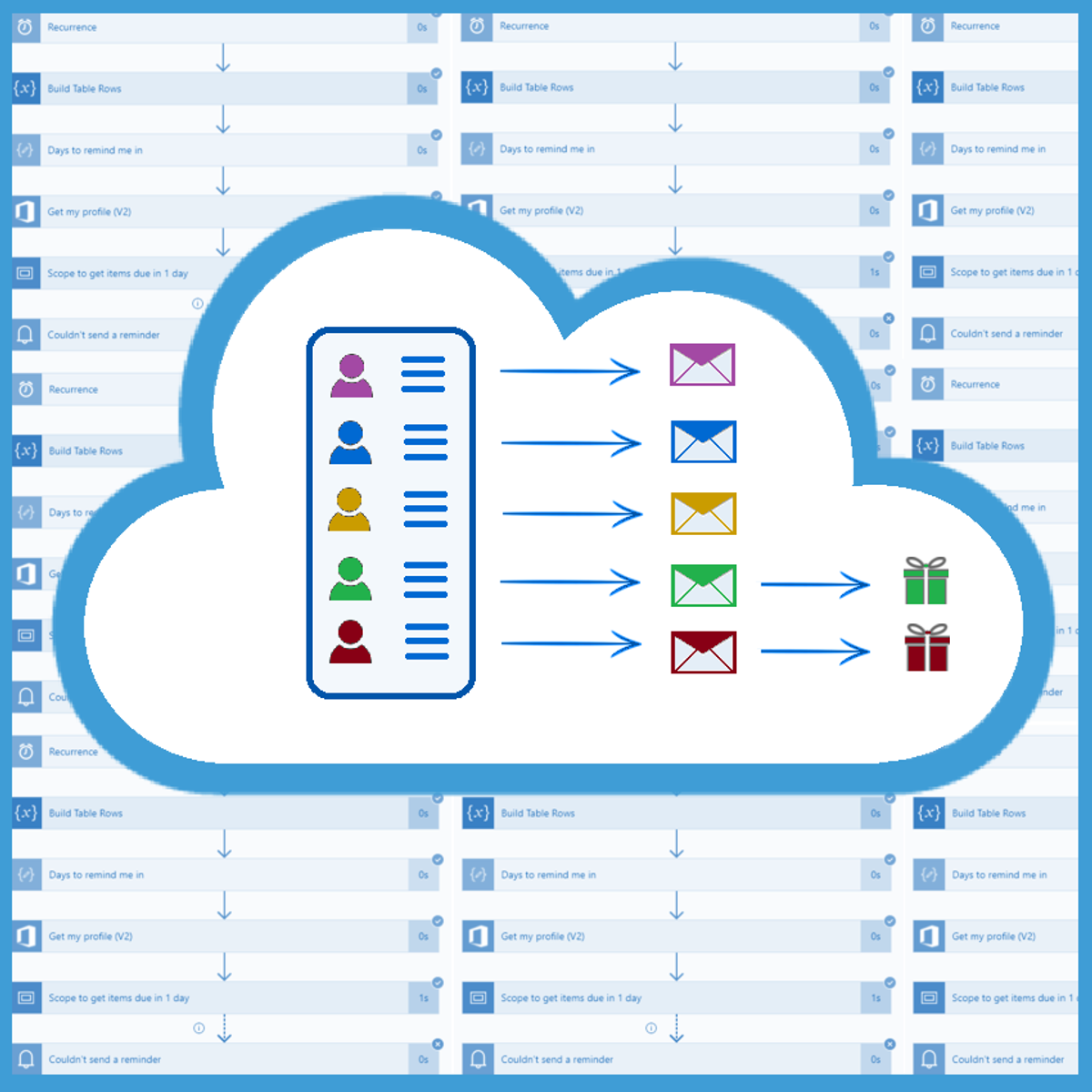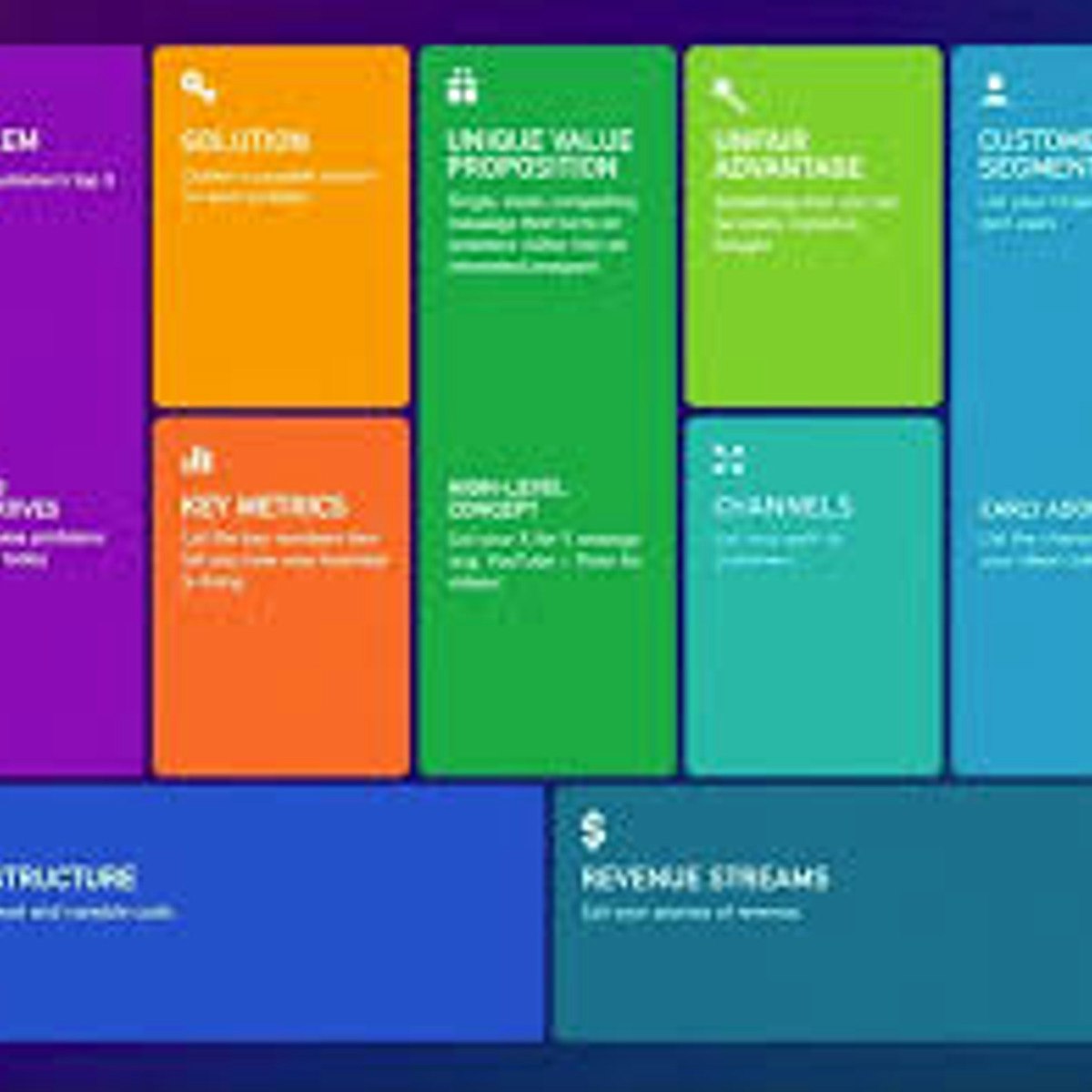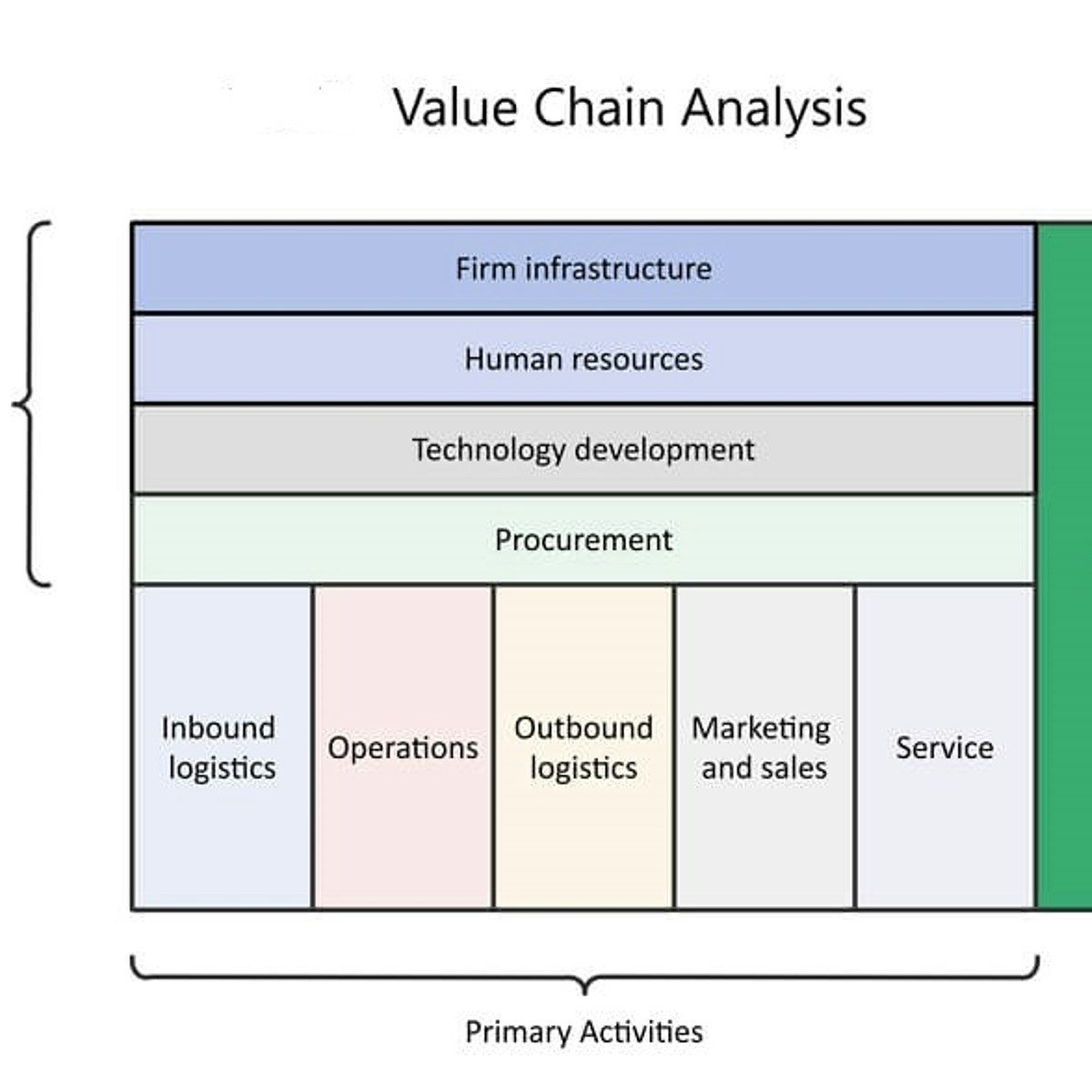Back to Courses









Business Courses - Page 51
Showing results 501-510 of 2058

Strategic Career Self-Management
According to the U.S. Bureau of Labor Statistics, in the current economy, Americans shift jobs every 4-5 years, which translates into 8-10 job transitions, including several career changes, over one’s life time. With competition for jobs on the rise, a person’s continuing employability and career success are increasingly defined by his or her mastery of individual career development and the ability to effectively "manage oneself" (P. Drucker).
In this course, you will learn how to think strategically and professionally about your career self-management. Through this course you'll develop an objective, external view of your marketable skills as a solid foundation for building a strong career brand. In particular, you'll be able to:
- explain why developing a protean and boundaryless career perspective based on transferable (portable) skills is advantageous for continuing employability and career growth;
- design your portable skills portfolio, identify and examine critically important competencies underpinning your transferable skills, and analyze your career self-management competency gaps;
- increase self-awareness, pinpoint your career goals, and envision your future work self;
- recognize the central role of self-management for developing transferable, marketable, skills and create a customized self-management information system (Career Development Lab) for ongoing personal development and professional growth;
- conduct a thorough, competency-based job analysis in your area of interest and examine practices of evidence-based, data-driven competitive employee selection;
-implement your newly developed skills for crafting effective selection criteria statements and refining your job applications.

Automize Business Communication using Power Automate
Imagine you're organizing a fundraising event. After the event, it is necessary to send thank-you notes to donors, but donations are hard to track since they arrive before, during and after the event, and manually sending emails to each donor would take too long.
Thankfully, such manual and repetitive business processes are easy to automate, and this guided project, “Automize Business Communication using Power Automate” is for any business professional who is looking to automate any similar business task.
With Power Automate, you will create a flow that can be triggered every time someone makes a donation. When you press Run, the flow will display a form with certain fields that have to be populated, such as name, e-mail, address, donation amount (or any other information we need about the donor). When the event ends, we will have a list of all the people who made donations in an Excel table. Then you will make another flow that will send thank-you notes to each donor on the list. After that, the flow will single out the people who donated the largest amounts and forward that list to the manager who can then send them a special thank-you note or a small gift.
The requirement for taking this project is to have a free Microsoft account, but if you don’t have it, you can create one in just a few clicks (notes on how-to are included in this project). Since this project uses Power Automate (part of the Microsoft Power Platform), you will also need access to a free Microsoft 365 Developer Program subscription. In the first task you will be given instructions on how to sign up for it!
Anyone can learn to use Power Automate regardless of their educational background! If you would like to make your life easier by automating manual, time-consuming business tasks which are hard to track, then this project is for you! Let's get started!

Defining Diversity, Equity and Inclusion in Organizations
Defining Diversity, Equity, and Inclusion in Organizations is the first course of a four-course series. This course introduces the core definitions of diversity, equity, and inclusion and reasons why these efforts can often fail. We will also explore the elements for making the case for diversity and the concept of DE&I maturation where learners can assess their organization’s activities to determine where it may place on the DE&I continuum.
By the end of this course, you will be able to:
1. Provide a common understanding of the terms diversity, equity and inclusion and how can it be effectively implemented into an organization.
2. Understand how our changing demography will impact your organization, discover various arguments used to make the case for diversity and connect them to your organization's success.
3. Recognize the various levels of diversity in the DE&I continuum and where your organization may be.
4. Identify the common struggles with implementing DE&I initiatives and how to avoid the many ways diversity efforts fail.

How to Use the Lean Canvas to Validate Your Business Model
By the end of this guided project, you will be able to use the Lean Canvas to test your startup business model hypothesis, and validate the key assumptions. The Lean Canvas serves as a tactical planning tool to guide entrepreneurs in navigating their way from ideation to building a successful business. The Lean Canvas is created especially for entrepreneurs to make it easier for the founders to work their way around the most critical aspects of starting a business. These steps range from identifying the customers and their problems, to designing a unique value propulsion that focuses on the solution; from there to mapping out channels to reach the customers, to pinpointing key performance metrics; then to analyzing the revenue streams and cost structure; and finally, to striving for unfair advantage.
For us to practically demonstrate how the model works, we will use a spreadsheet to analyze a startup Social Venture. Examples from the case study would empower you to use the model to analyze your startup idea or any other company of your choice. Lean Canvas is entrepreneur-focused, but equally useful for everyone involved in introducing a new product or idea to the market. At the end of the project, you will be able to use the Lean Canvas to brainstorm possible business models, prioritize where to start, and track ongoing learning.

Create a Mockup in Canva
By the end of this project, you will have learned how to create a Mockup using the free version of Canva.
A mockup is a digital design that helps you visualize and showcase your social media posts at an early stage of development. Both your team and clients benefit from a mockup, as ideas can easily be visualized and discussed.
We can use Canva to complete this project because it provides all the tools you need to create organized and visual mockups while offering a variety of options for sharing and collaboration. You will learn how to plan and organize your ideas and utilize graphic design tools to bring your ideas to life. Your completed Mockup will serve as a template for future projects and your newly acquired skills will help you promote your business on social media.

Creating a Competitive Advantage with Value Chain Analysis
By the end of this guided project, you will be able to use the value chain analysis to create a competitive advantage for your company. Value chain analysis provides a structured approach of assessing where a company true value creation resides. The model is categorized into nine interrelated activities comprising of the primary and the secondary activities. Essentially, competitive advantage can be achieved through cost leadership or differentiation strategies. However, competitive advantage does not emerge by looking at a firm as a whole. It stems from the many discrete activities a firm performs in designing, producing, marketing, delivering, and supporting its product or service
For us to practically demonstrate how to use the value chain analysis to make strategic decisions, we will use a spreadsheet to analyze a Fast-Food company as a case study. Example of the case study would empower you to apply the model to your company or any other company of your choice. The project is for business leaders and entrepreneurs who want develop a systematic approach of analyzing their operations. Also, for strategist who are interested in helping companies to make informed strategic decisions. At the end of the project, you will be able to use the model to identify your cost drivers and device a strategy to optimize your operations for competitiveness

Business English: Capstone Project
The capstone project will give you opportunities to demonstrate your competence in the learning objectives for this Specialization. For the project, you’ll use formal, written methods and more casual visual and audio methods of communication to demonstrate your ability to use language appropriate for different business contexts. The goal of this course is to demonstrate competence in writing and presenting a plan using skills and language appropriate for business.
Course Learning Objectives
• Use appropriate vocabulary to write a mini business plan
• Communicate a business plan orally in an organized and engaging presentation

The Control Phase for the 6 σ Black Belt
This course is designed for professionals interested in learning the principles of Lean Sigma, the DMAIC process and DFSS. This course is number 7 of 8 in this specialization dealing with topics in the Control Phase of Six Sigma
Professionals with some completed coursework in statistics and a desire to drive continuous improvement within their organizations would find this course and the others in this specialization appealing.
Method of assessment consists of several formative and summative quizzes and a multi-part peer reviewed project completion regiment.

Today’s Music Industry
This course provides an engaging and methodical insight into the past and present cultural and commercial music industry developments, directions, and trends. It will equip the students with the knowledge and skills necessary to appreciate, understand and more productively participate in today’s music industry field.

Reports, Dashboards, and Customer Success in Salesforce
The fourth course in the Salesforce Sales Operations Professional Certificate — Reports, Dashboards, and Customer Success in Salesforce — is for anyone who is curious about entry level sales roles that require foundational skills in Salesforce, the sales operations specialist role specifically, how to use tools in Salesforce to improve customer service at a business, how to leverage data in Salesforce to improve the overall performance of a sales team, and the path to becoming a Salesforce administrator.
This fourth course goes into more depth on how a sales operations specialist would use Salesforce Service Cloud to support a variety of different customer service needs. You will learn the basics of effective customer support, and you will leverage a variety of new tools available in the Salesforce Service Cloud to effectively manage customer relationships.
This course also goes into more depth on how a sales ops specialist would use Salesforce Reports and Dashboards to support a variety of needs from a sales team manager to track, improve, and forecast the overall performance of a sales team. You will learn how to use filters to produce custom reports in Salesforce, and then discover how to visualize that data effectively through the use of charts and dashboards.
For this course, it is recommended (but not required) that you have some background knowledge of sales and CRM, as well as an understanding of the basics of Salesforce platform navigation. If you're a total beginner with these concepts, you can still be successful in this course — however, it might require some additional work on your part.
By enrolling in this course, you are taking the next step to kickstarting your career in Salesforce. Congratulations on continuing this exciting journey!
Popular Internships and Jobs by Categories
Browse
© 2024 BoostGrad | All rights reserved


